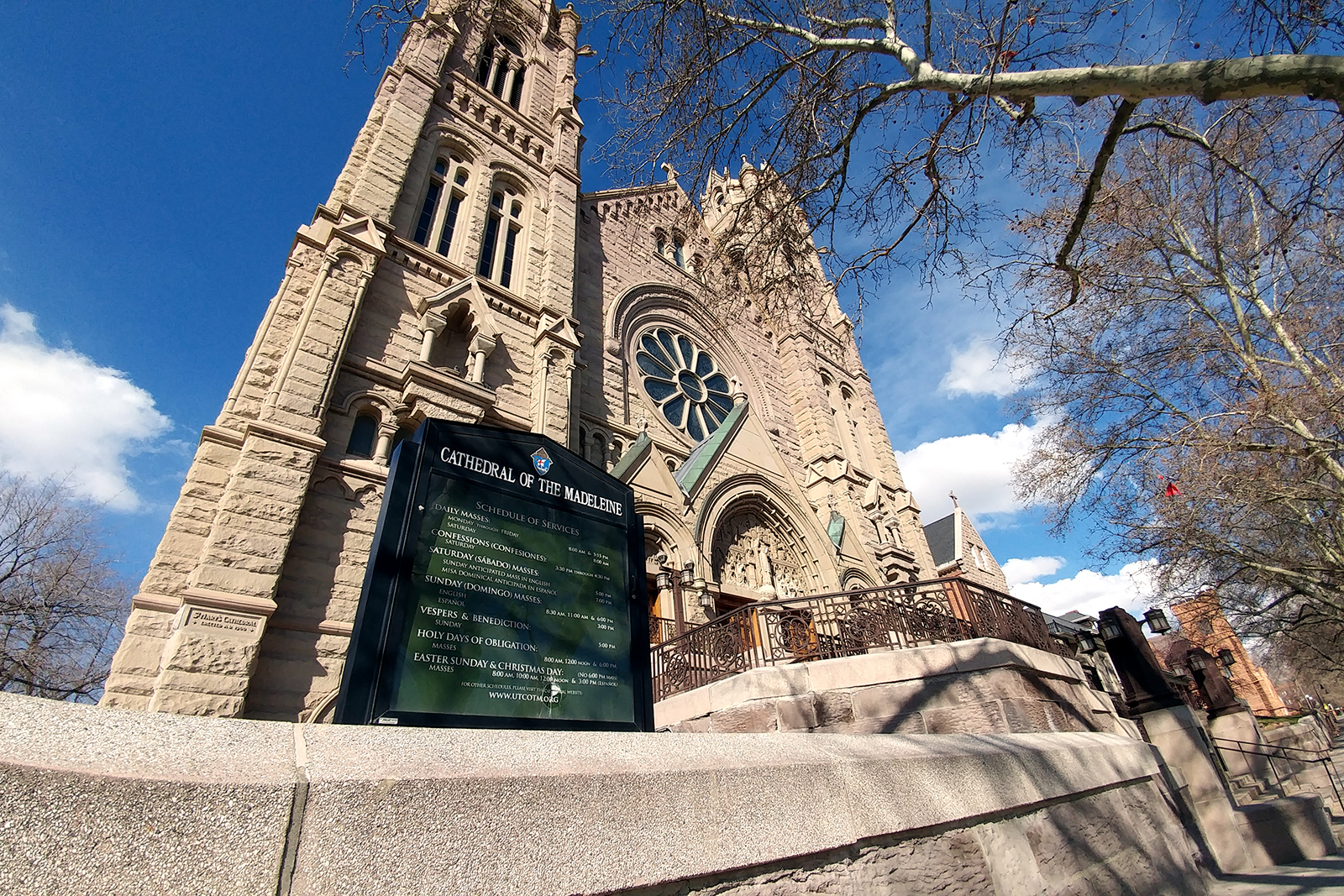
SALT LAKE CITY — Imagine for a moment your life begins at 5 a.m. with prayer, followed by scripture readings and music … all before breakfast. Your work is producing the wafers of unleavened bread that become the body of Christ — Holy Communion for the Diocese of Salt Lake City, which covers the entire state of Utah, as well as making candy for sale to the public. But the bulk of your day is prayer — all behind the walls of your house; totally separate from the outside world.
That is the life of a cloistered Carmelite nun at the Carmel of the Immaculate Heart of Mary Monastery, the first stop on Day Three of the Friends of the Cathedral pilgrimage to Utah.
‘Living Saints’
“When they enter the monastery, they take a vow to leave the outside world to devote her entire energy to the worship, the contemplation and love of God,” explained Sherry Walker, a volunteer since 1993 at the monastery.
“They pray for the Church as well as the entire world,” Walker added.
The monastery in Holiday, just outside Salt Lake City, is a modern but simple one-story building with a brick and stucco exterior. After being led by Walker into one of its rooms, we sat down in front of a large window covered by a curtain. Moments later, we were surprised when the curtain was pulled back, revealing a set of vertical bars resembling a jail cell. Behind that window sat the 10 nuns.
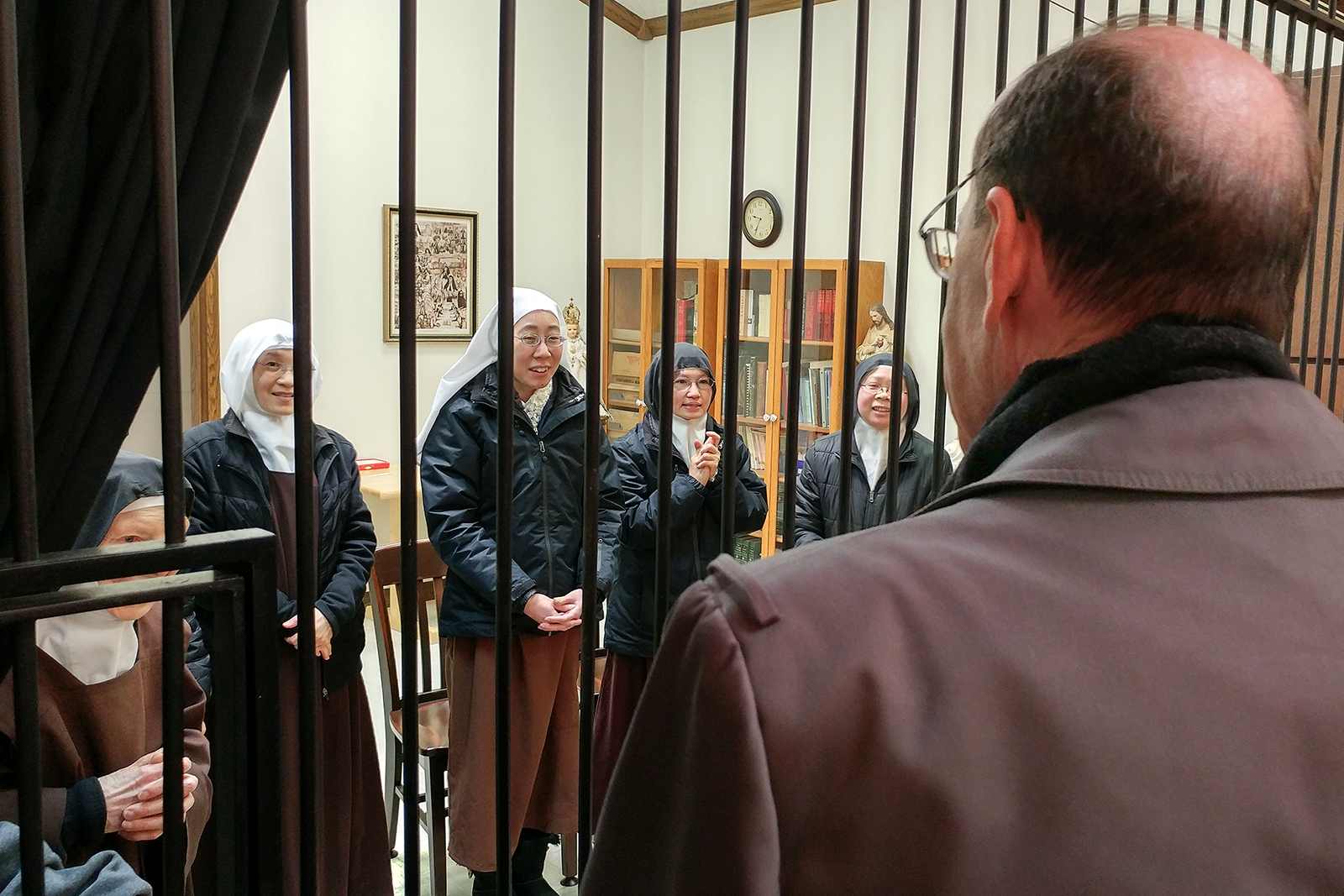

It may have looked like they were locked up, but in their hearts, it was just the opposite.
“We are so blessed to be here,” explained Sr. Maria, one of the nuns. “We are so unworthy to be here. We praise the Lord for allowing us to be here.”
The nuns range in age from the 20s to 90. Two of them — including Prioress Mother Margaret Mary — have been here since the monastery opened in 1952. The youngest, Sr. Jenese, is still a novice; having not taken her final vows.
“I was not ready for that,” said Steven Maggio, who along with his wife, Kimberly, is traveling from Our Lady of Joy in Carefree. “I was expecting regular nuns,” he added, referring to the Carmelites’ vocation to separate themselves from the world.
“They have such strong faith,” added Ss. Simon and Jude parishioner Theresa Dickey. “You could feel the joy,” added Fr. John Lankeit, Ss. Simon and Jude’s rector.
Following a half-hour question-and-answer session with the nuns, a number of pilgrims did not want to leave. Several had tears welling up on their faces.
“They’re living saints. It just put all of us on our knees. If they’re saying they aren’t worthy, what does that make us?” Maggio wondered.
From the world of the cloistered Carmelite nuns we headed toward a far different world.
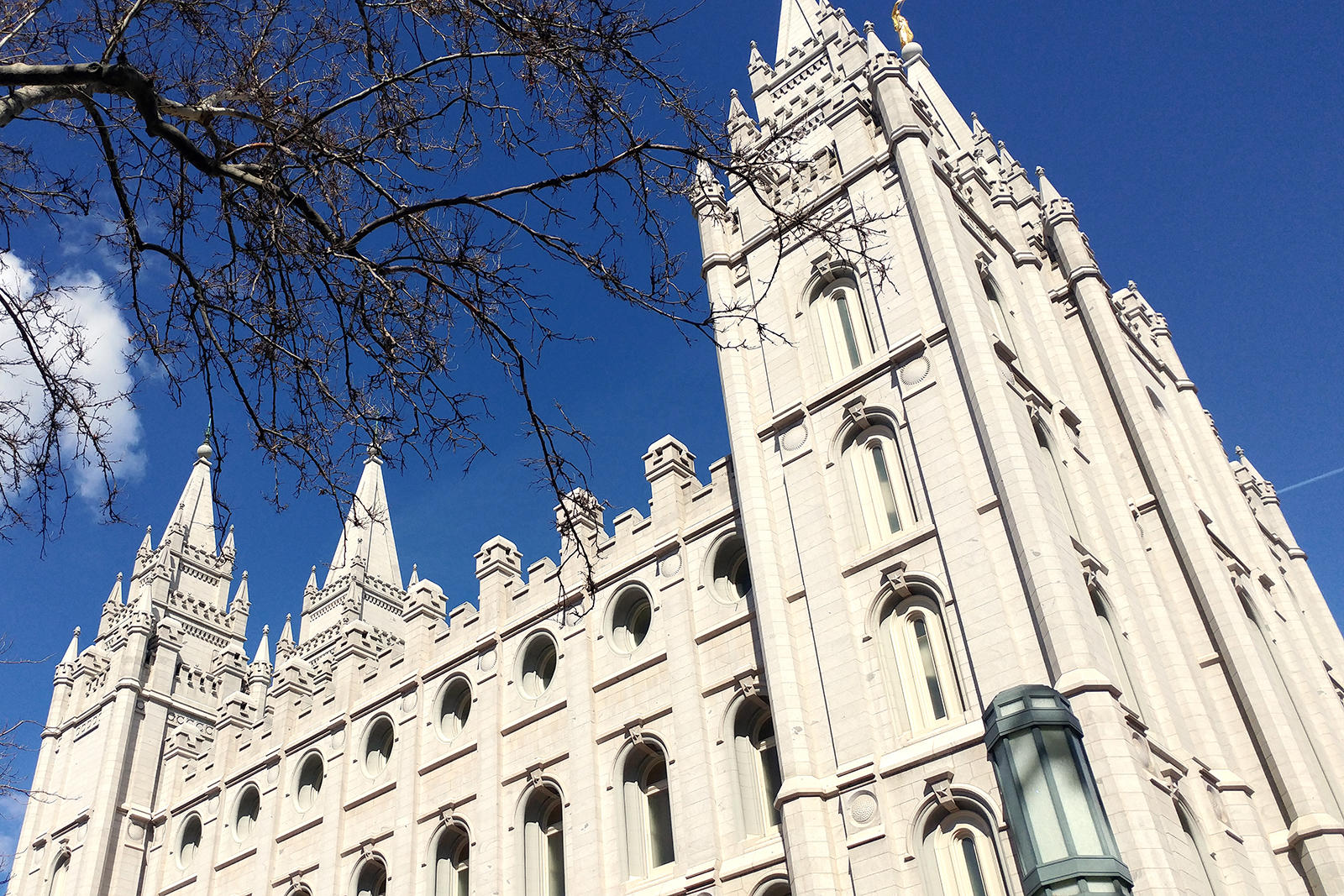

Ecumenical opportunities
The Church of Jesus Christ of Latter-day Saints is headquartered in Salt Lake City and its complex anchored by the majestic LDS Temple.
The largest such temple in the United States, the neo-Gothic-style, granite structure topped by six spires, rises 210 feet. Its granite walls are 9-feet thick at the base and 6-feet thick at the top. It took 40 years to build opening in 1893.
The public cannot access the building, which is considered sacred and may only be entered by an LDS church member when he or she is considered sufficiently prepared to demonstrate a lifetime commitment to the faith and its principles, including following Jesus Christ, a restriction not much different than Catholicism’s guidelines for receiving the Eucharist. The faith is also heavily involved in maintaining strong families and service to fellow man to better the world.
“We do everything we can to strengthen the family,” explained Elder Scott Nixon, our tour guide for the day.
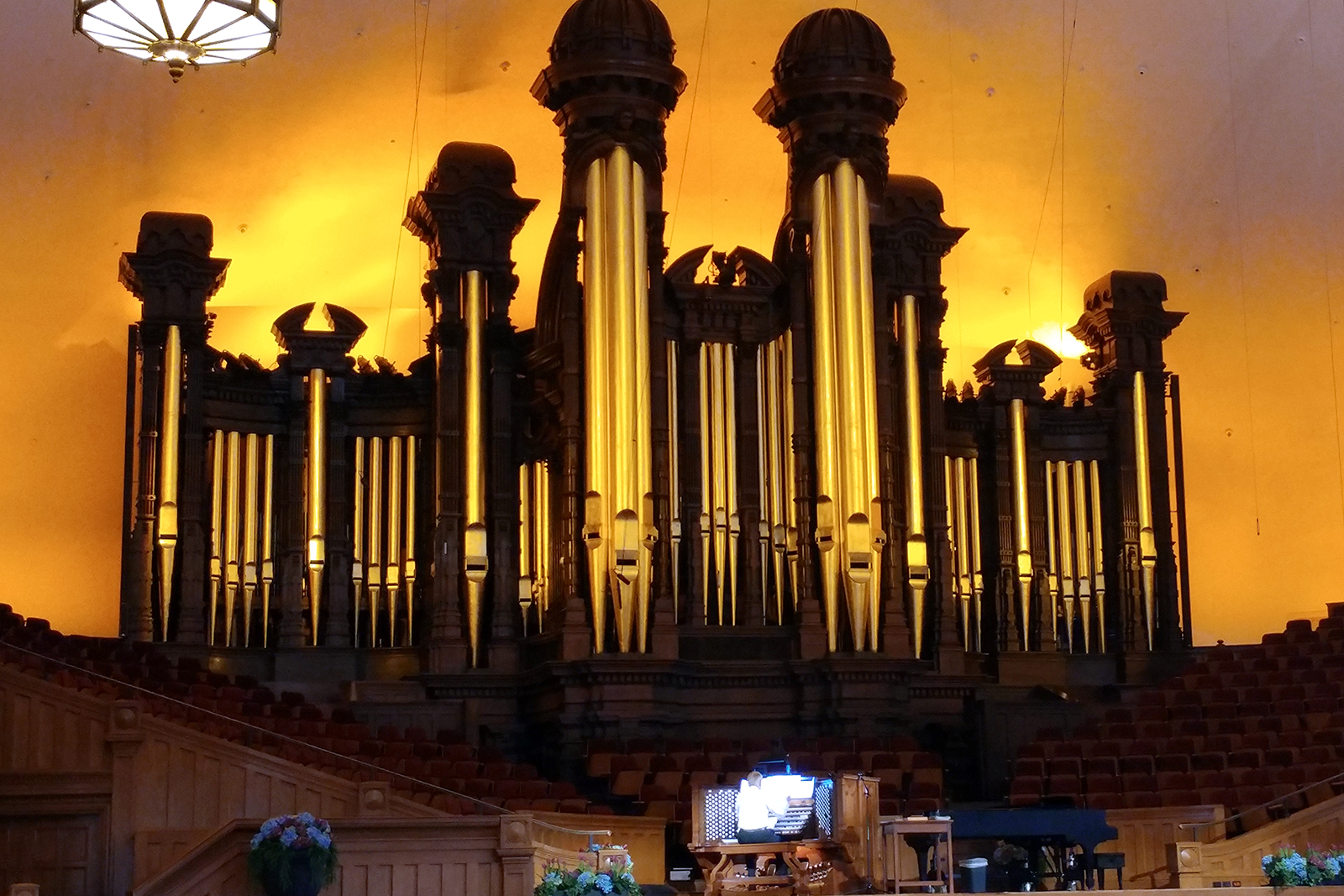

Our group was treated to some of the finest meals yet in the Joseph Smith Memorial Building, named for their church’s founder, and the sounds of the giant pipe organ inside the tabernacle, home to the famed Mormon Tabernacle Choir.
The stop was an opportunity for us to learn about a faith different than ours. Nixon said he believed at the end of the day, “we are more common than you might think.”
There was no doubt about one thing: The hospitality of our LDS hosts was evident throughout the three hours we spent with them. We were often greeted with “Hello” from people not part of our tour, and we were treated to a variety of music, including a performance on the tabernacle’s massive organ, which features over 11,000 pipes according to Richard Elliot, the LDS member who played for us.
An angelic choir
Music was the highlight of our visit to Catholicism’s principal church for the Salt Lake City Diocese: the Cathedral of the Madeleine.
The only cathedral in the U.S. under the patronage of St. Mary Magdalene, the Spanish-Gothic-style structure features numerous colorful murals, detailed stained-glass windows and is home to the only co-educational Catholic Choir School in the United States.
Fifty of those youngsters who make up the Choir of the Cathedral of the Madeleine — 25 boys and 25 girls — highlighted Mass on the Solemnity of St. Joseph, celebrated by Bishop Oscar A. Solis of Salt Lake City and our own Bishop Thomas J. Olmsted. The choir’s clear, bold singing filled the church with reverent tones.
“They’re like the voices of angels,” remarked one fellow pilgrim.
We also were reminded of the unique display of faithfulness by Joseph, who is not quoted as saying a single word in the Bible.
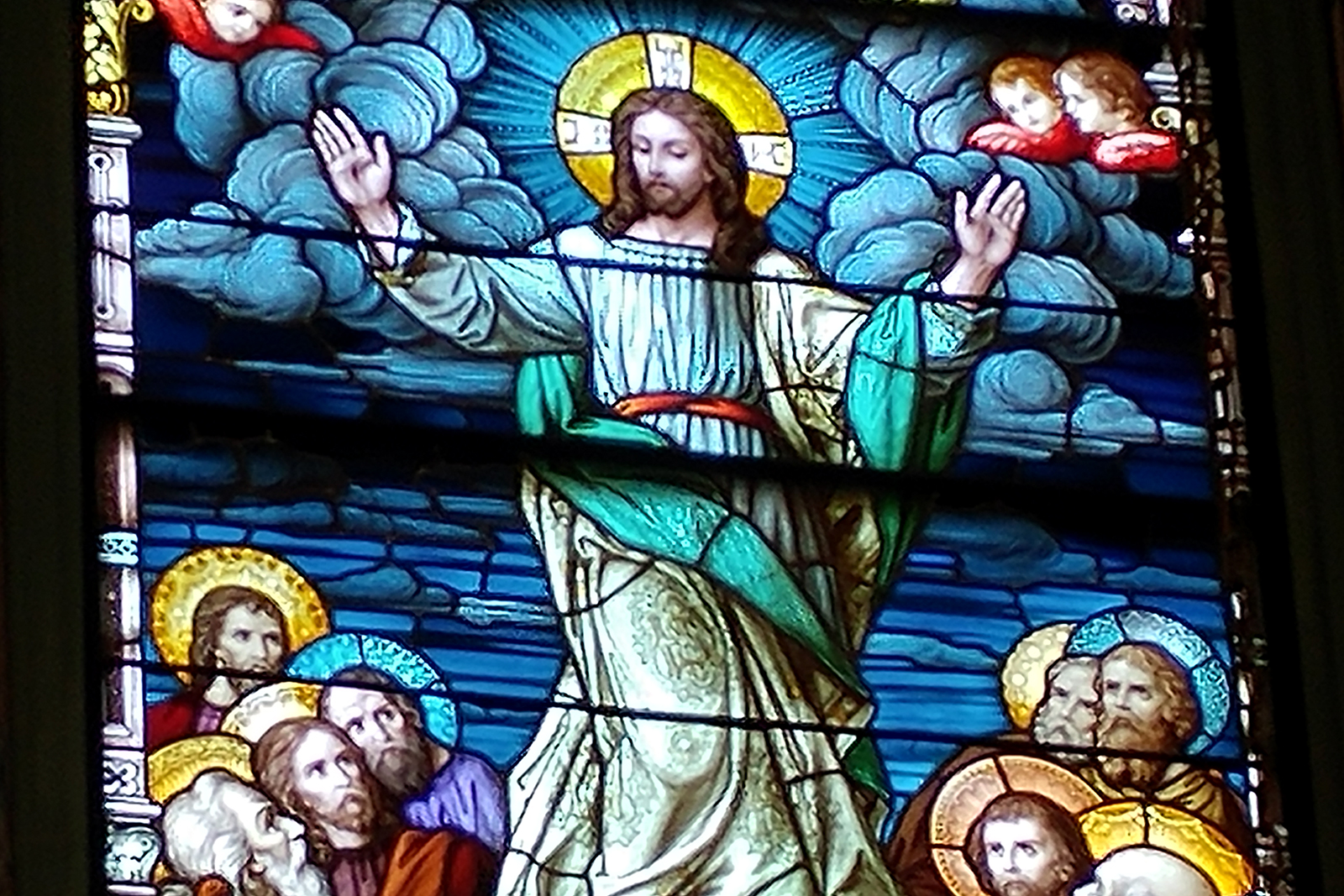

“Yet, he left a lasting impression,” said Bishop Solis in his homily. “He did everything in the right way and was faithful to his calling in life. We must open our hearts and minds to learn from him.”
The Mass, with its angelic choir performance, was part of a day that I will remember for a long time.
It was a day of contrasting religious settings, stories of faith and worship that moved us. Even as I felt a sense of joy following our Cathedral visit, I couldn’t help but have my first real hint of disappointment: Our pilgrimage was now more than half over.
The memories, though, will last a lot longer.





